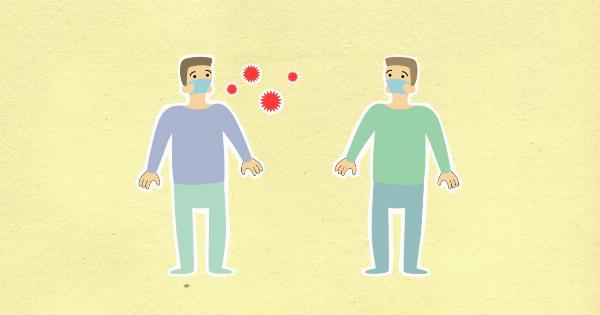In January 2014, the first human case of the H5N6 avian influenza virus was reported in China. Since then, the virus has spread throughout the country and has had a devastating impact on both the poultry industry and public health.
H5N6 is a highly pathogenic avian influenza virus, which means that it is very contagious and can cause severe illness in both humans and animals.
What is the H5N6 virus?
The H5N6 virus is a subtype of the avian influenza virus, which is also known as bird flu. Like other avian influenza viruses, H5N6 primarily infects birds, especially poultry such as chickens, ducks, and geese.
However, it can occasionally infect humans, usually through contact with infected birds or their droppings.
How does the H5N6 virus spread?
The H5N6 virus spreads through contact with infected birds or their droppings. This can happen in several ways, including:.
- Direct contact with live infected birds, especially at poultry farms and markets
- Contact with contaminated surfaces, such as equipment or vehicles used in the poultry industry
- Handling or preparing infected poultry or poultry products for consumption
- Inhaling airborne droplets from infected birds, especially during slaughtering or processing
Once a person is infected with H5N6, the virus can also spread from person to person through close contact, such as caring for a sick relative or sharing utensils with someone who is infected.
However, this is rare and there have been no widespread outbreaks of human-to-human transmission of H5N6.
What are the symptoms of H5N6?
The symptoms of H5N6 are similar to other types of influenza, including:.
- Fever
- Cough
- Sore throat
- Muscle aches
- Shortness of breath
In severe cases, H5N6 can also cause pneumonia, acute respiratory distress syndrome (ARDS), multiple organ failure, and death.
How is H5N6 treated?
There is no specific treatment for H5N6, but antiviral medications such as oseltamivir (Tamiflu) can help reduce the severity of symptoms and improve the chances of recovery.
However, these medications are most effective when taken within the first 48 hours of illness, so early treatment is crucial. In severe cases, hospitalization may be necessary, and patients may need mechanical ventilation and other supportive therapies.
How can H5N6 be prevented?
Prevention of H5N6 requires a multi-faceted approach that includes measures to control its spread in poultry and to protect humans from infection. These measures include:.
- Vaccinating poultry against avian influenza
- Implementing strict biosecurity measures at poultry farms and markets
- Monitoring and reporting outbreaks of avian influenza in poultry
- Educating the public about the risks of avian influenza and how to prevent infection
- Encouraging early detection and treatment of any suspected cases of avian influenza in humans
The impact of H5N6 in China
Since the first case of H5N6 was reported in 2014, the virus has spread to many provinces in China.
According to the World Health Organization (WHO), there have been 24 confirmed human cases of H5N6 in China as of April 2021, with 77% of cases resulting in death.
The impact of H5N6 on the poultry industry in China has also been significant. In order to prevent the spread of the virus, millions of birds have been culled in affected areas.
This has had a devastating effect on the livelihoods of poultry farmers and traders, and has caused a spike in poultry prices in some areas.
The global threat of avian influenza
The H5N6 virus is just one of many subtypes of the avian influenza virus that can cause illness in humans. Other subtypes include H5N1, H7N9, and H9N2.
Although human cases of avian influenza are still relatively rare, the potential for the virus to mutate and spread more easily between humans is a major concern for public health experts.
The WHO has identified avian influenza as a high-priority disease for pandemic preparedness, and many countries have developed plans and strategies to prevent and respond to outbreaks.
This includes measures such as stockpiling antiviral medications, developing new vaccines, and strengthening surveillance and monitoring systems.
Conclusion
The H5N6 avian influenza virus is a highly pathogenic subtype of the avian influenza virus that can cause severe illness and death in humans.
Although human cases of H5N6 are still relatively rare, the potential for the virus to mutate and spread more easily between humans is a major concern for public health experts. Prevention of H5N6 requires a multi-faceted approach that includes measures to control its spread in poultry and to protect humans from infection.
























